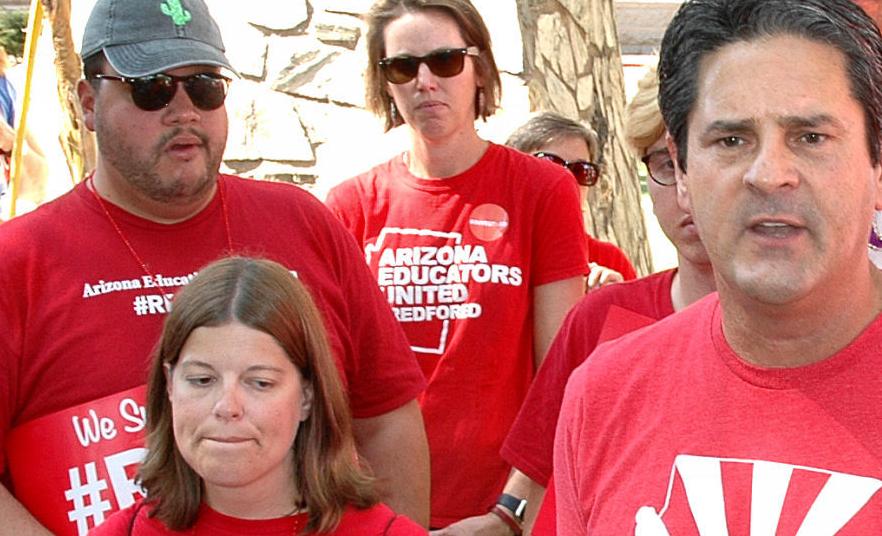PHOENIX — Saying voters are purposely being misled, organizers of the #InvestInEd initiative are asking a judge to force lawmakers to rewrite the description that will go to voters.
Attorney Jim Barton said the ballot measure, which seeks to increase income taxes on earnings of more than $250,000, will not affect a 2015 law that indexes tax brackets to account for inflation. Yet the Republican-controlled Legislative Council voted last month to tell voters that it will.
“Not only is this a misunderstanding of the initiative, but it was designed to discourage voters from passing the measure,” the attorney for the initiative organizers told Maricopa County Superior Court Judge Connie Contes in legal papers filed Friday. No date has been set for a hearing.
That isn’t the only problem Barton has with the description that will be mailed out to the homes of the state’s 3.6 million registered voters.
He said lawmakers are describing the tax increase that will be imposed on high-wage earners in a way designed to scare people into rejecting it.
He said that all runs afoul of state law that requires the council, made up of legislators, to prepare not only an “impartial” analysis of all ballot measures but one that does not contain false statements.
The #InvestInEd measure is designed to raise $690 million a year for education.
Foes of the measure, led by the Arizona Chamber of Commerce and Industry, have sued to keep the issue from getting to the ballot in the first place. A hearing is set for later this month on that separate legal bid.
Arizona has a tiered tax system, with different tax rates for different levels of income.
An individual pays 2.59 percent on the first $10,000 of taxable income, 2.88 percent on the next $15,000, 3.36 percent on the next $25,000, 4.24 percent on the next $100,000 and 4.54 percent on anything over $150,000. Those amounts are double for couples filing jointly.
The initiative would impose an 8 percent tax rate on individual earnings above $250,000 —double for couples — and 9 percent for anything over $500,000 for individuals and $1 million for couples.
Since 2015, the current brackets have been indexed for inflation. So, for example, the break point between the 2.59 percent and 2.88 percent bracket for individuals is now $10,346.
Challengers say the way the initiative is crafted undos automatic indexing and resets the brackets to where they were before 2015. Barton is telling the judge that isn’t true.
More complex is Barton’s complaint about the math used by the Republican lawmakers in describing the tax increase.
It is clear that the top tax rate would go from 4.54 percent to 8 percent for some earnings and 9 percent for others. Barton said that should be explained as an increase of 3.46 percent and 4.46 percent, respectively, the mathematical difference.
But the GOP lawmakers on the council chose to list it as a percent change of the percentages, telling voters that tax rates will go up 76.2 percent and 98.2 percent.
“It is highly misleading,” Barton told the judge. “A voter might mistake the analysis as meaning that income over a half-million dollars is taxed at a rate of 98 percent.”





